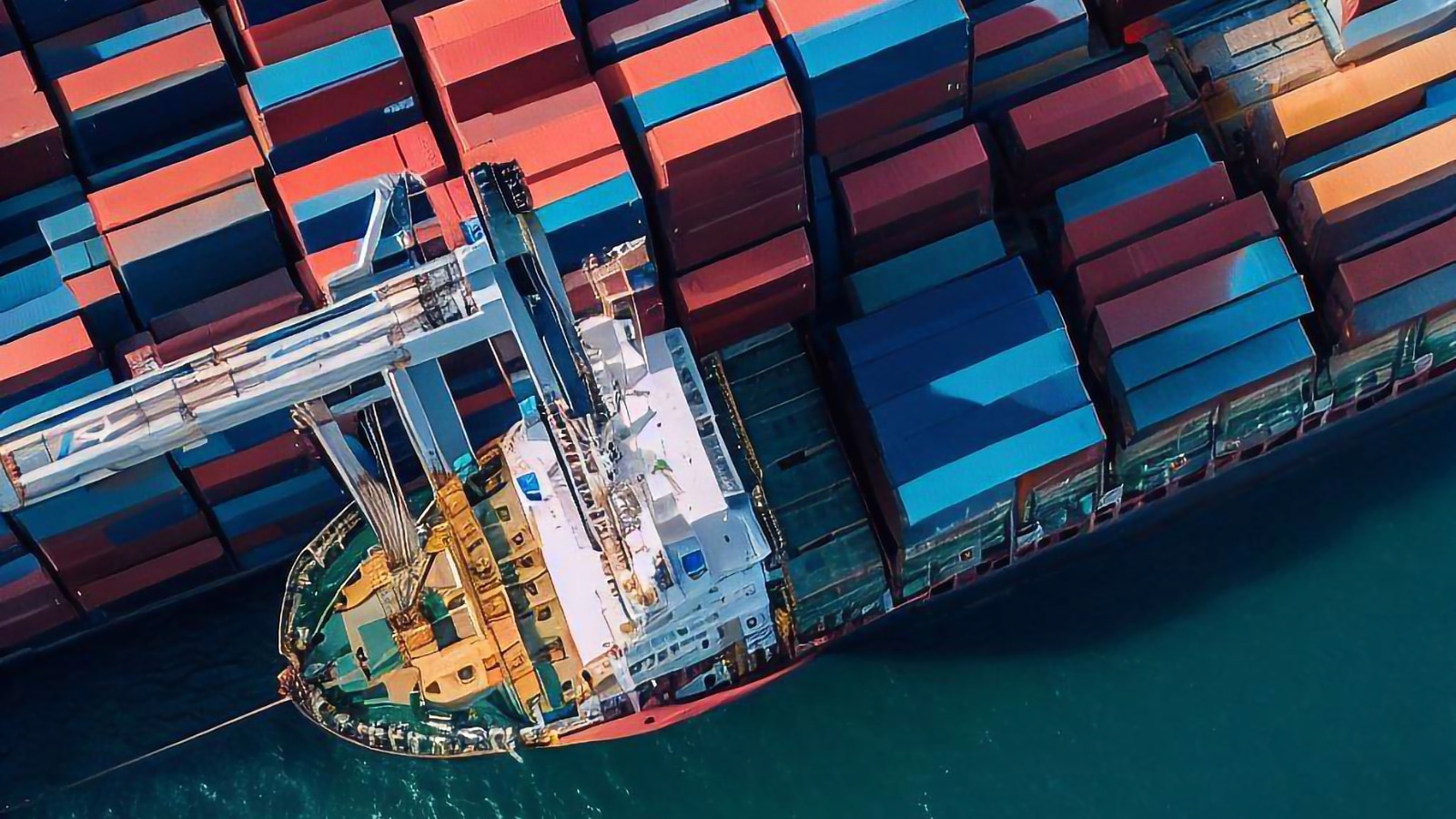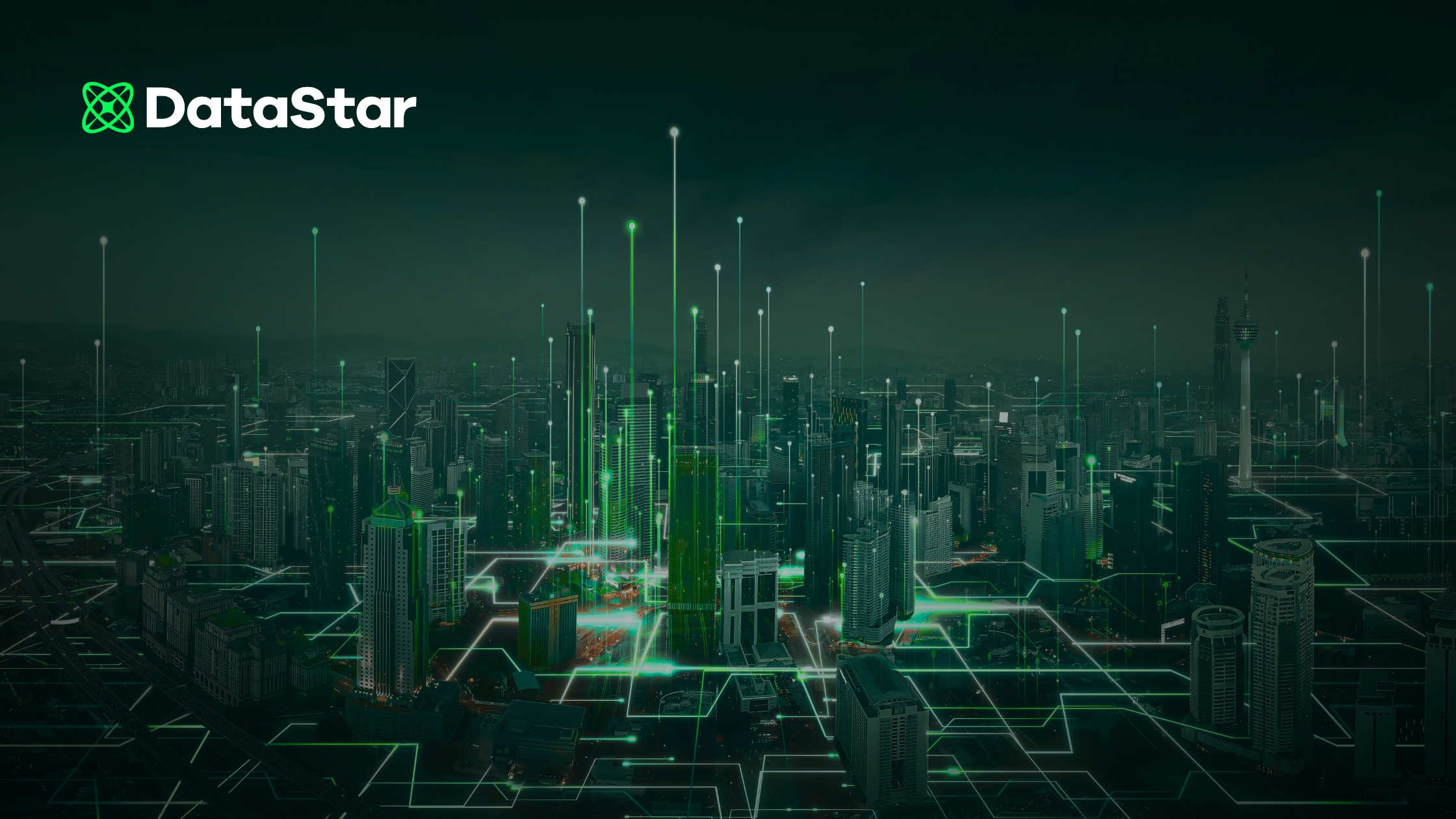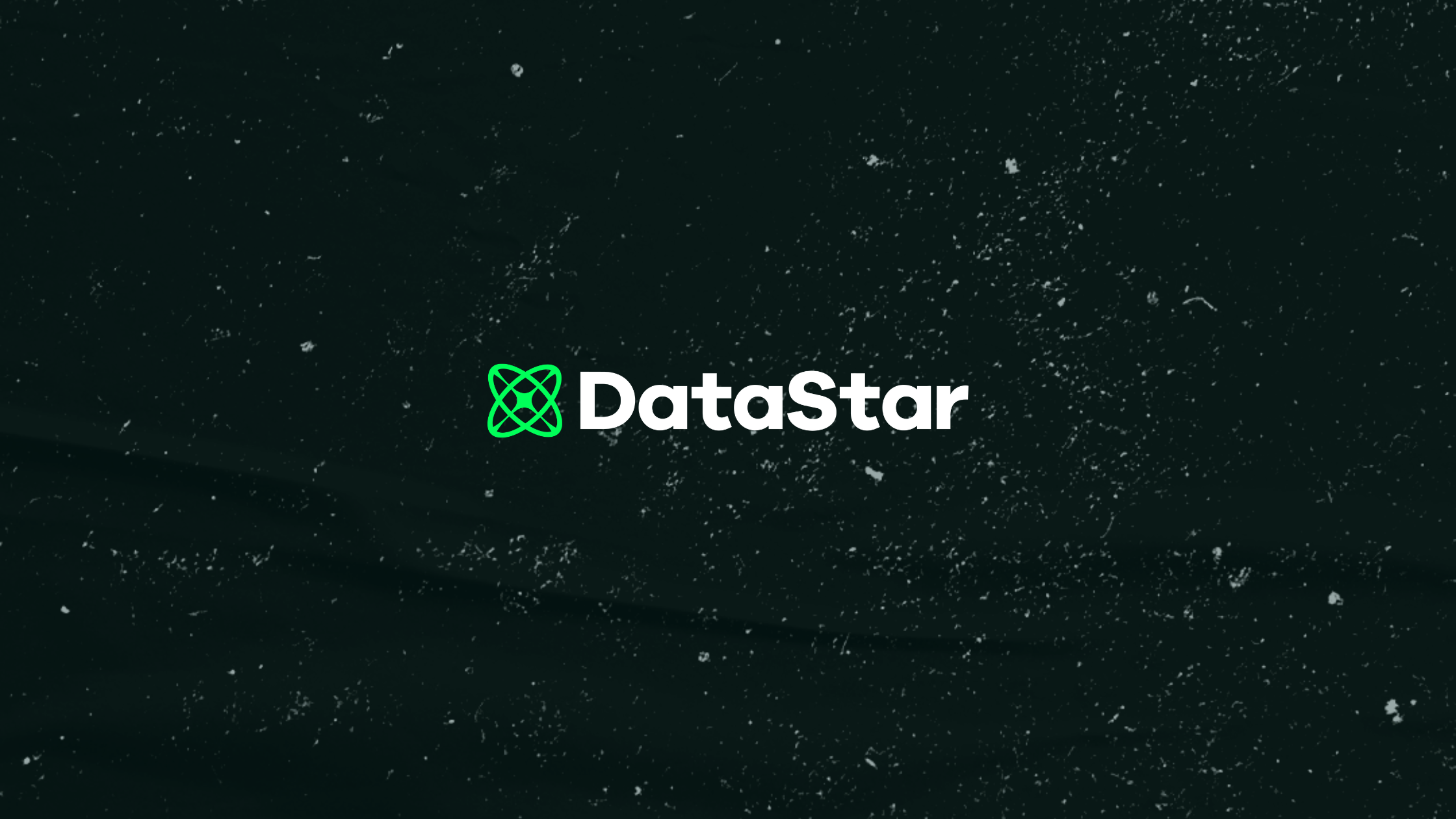
Explore how supply chain design tackles the pressing issue of global port congestion, delving into strategies, technologies, and innovations that optimize logistical pathways, mitigate disruptions, and ensure smooth operations in the face of evolving challenges.
Published by
Published on
May 1, 2024





The current port congestion situation is critical. As 2024 unfolds, a myriad of factors is threatening the operation of the busiest and most influential ports in the world. Disruptions resulting from port congestion are unavoidable, but navigating these obstacles is possible with smart supply chain design. Join the Optilogic team as we explore the primary issues affecting port operation and how optimizing supply chain design addresses these roadblocks.
A combination of factors makes port congestion a continuous threat to the global economy and a rising concern for supply chain managers. We explore the causes below:
Port congestion happens. And one or more of the above issues will affect your organization in 2024. Does your organization have a Plan B, C, and D when disruptions occur, and Plan A is no longer viable? Smart supply chain design empowers you to shift when issues with port operations affect how you send and receive goods.
Port congestion is an ongoing global issue. It can’t be remedied fully, but organizations can adapt with robust supply chain design that prepares for any scenario. Managing the global port congestion issue is multifaceted. The best course of action is to get ahead of disruptions, which includes modeling scenarios for all your “what-if” questions. Below, we discuss a few benefits of tackling this problem with supply chain design.
Operating within global port disruptions requires knowing your supply chain’s limits and general behavior when it’s met with resistance. Supply chain design helps you prioritize your efforts, including suppliers, end customers, service frequency, new product launches, etc.
Supply chain design helps develop a company-wide competency to model scenario planning. Give your team the tools to identify potential variables given the challenge drivers above, and prepare contingency plans to react quickly when these challenges materialize. Supply chain design is a valuable tool in understanding the cause and effect of supply chain issues. Balanced supply chain design allows you to accurately gauge your organization’s flexibility and develop contingency plans for hundreds of potential scenarios.
Flexibility and adaptability are critical as organizations respond to the aftermath of port congestion issues. Supply chain design helps companies better understand inventory, supplier relationships, customer relationships, and demand. Organizations can develop agile strategies that allow them to move with fluctuations in the supply chain. You can handle inevitable imbalances and delays in the supply chain if you manage demand, identify available and operational alternatives to supply, and ensure capacity maintains enough buffer to manage these variabilities.
Supply chain design is not a one-time task; it’s an ongoing process. Organizations must develop a competency to asses supply chain design factors on the fly and then reassess as needed. You need a continuous process of supply chain design that allows you to roll with whatever various port disruptions come your way. Read blog: Continuous Supply Chain Design: Separating the Facts from the Smack
Supply chain design allows you to consider alternative designs that better manage situations like port congestions, natural disaster impacts, drastic changes in demand, shortages from key suppliers, etc. When you understand how these scenarios impact your supply chain, you can quickly decide the best next steps to alter your supply chain design, and you have the data to back up those choices. The right supply chain design solution empowers your team to refine their understanding of your supply chain and various disruptions, evaluate variations of previously assumed scenarios, and provide real-time data that informs supply chain design decision-making. Supply chain design works when team discussions are informed and collaborative, allowing decision-makers to quickly reach a consensus, act, and save the day.
Balanced, resilient supply chain design is the only way to ensure port congestion issues won’t derail your organization. Cosmic Frog is the only supply chain design software that considers all aspects of supply chain design, including cost, service, risk resiliency, and sustainability, to help you build the best supply chain for your company at any given time.
Cosmic Frog allows you to build a data-driven model representing your supply chain in stages or areas where you’re most vulnerable. You can create a model that considers different variables, including demand, capacity, days of inventory, service frequency, modes of transportation, suppliers, etc., and then observe the effects of altering those variables within current and future supply chains.
You must understand various impacts on your supply chain and how to handle those changes when they inevitably come. How do you build a balanced, resilient supply chain? Optimization and simulation through Cosmic Frog. Getting started is simple. Download your free Cosmic Frog account to start building your models and running scenarios to create the optimal supply chain for your current and future needs. Once you’re in, the data you need to get started is already in your hands: facility location, customer location, frequency, transportation, etc. Cosmic Frog fills in the rest to give you a realistic picture of your existing supply chain design, and it has the power to deliver hundreds of scenario models based on any number of variable changes you choose. Optimizing your supply chain design requires the technical capability to run multiple scenarios quickly, analyze them, and consolidate the results. Cosmic Frog allows you to sift through the data and extract the patterns that show you how your supply chain behaves in the face of disruptions or change, the limits of your supply chain, and how to set up your plan Bs and Cs to handle potential changes.
Organizations that prioritize intentional, optimized, data-driven supply chain design outperform those that don’t. Supply chain design is core to your success. It’s no longer an option but a required competency across your organization. When your teams understand the necessity and value of supply chain design, then rely on it to make better decisions for your organization with mathematical models and data, not intuition or historical performance. Using the right technology is the only way to implement and benefit from an optimized supply chain design. In the past, getting supply chain data was complicated. Programs had long run times, and understanding data outputs took even longer. The results weren’t precise. Today, you don’t have to make assumptions about your data. Cosmic Frog builds and runs thousands of scenarios simultaneously. Our AI-based tools evaluate and organize the data to deliver outputs you can easily share across your organization. Our tools allow you to implement supply chain design as an actual competency so everyone in your organization can use it. If executed and used correctly, supply chain design is a powerful ally when disruptions come your way. The livelihood of your businesses depends on getting this right.
Global port congestion has been and will continue to be an obstacle in our global supply chain. But with Cosmic Frog, it’s an obstacle you can confidently overcome. Supply chain design considering cost, risk, service, and ESG metrics is at the core of successful, sustainable organizations. Cosmic Frog is the all-in-one solution that empowers you to build the best supply chain for your company today, tomorrow, and ten years from now. Create your free trial Cosmic Frog account today and explore the better way to design your supply chain.
The current port congestion situation is critical. As 2024 unfolds, a myriad of factors is threatening the operation of the busiest and most influential ports in the world. Disruptions resulting from port congestion are unavoidable, but navigating these obstacles is possible with smart supply chain design. Join the Optilogic team as we explore the primary issues affecting port operation and how optimizing supply chain design addresses these roadblocks.
A combination of factors makes port congestion a continuous threat to the global economy and a rising concern for supply chain managers. We explore the causes below:
Port congestion happens. And one or more of the above issues will affect your organization in 2024. Does your organization have a Plan B, C, and D when disruptions occur, and Plan A is no longer viable? Smart supply chain design empowers you to shift when issues with port operations affect how you send and receive goods.
Port congestion is an ongoing global issue. It can’t be remedied fully, but organizations can adapt with robust supply chain design that prepares for any scenario. Managing the global port congestion issue is multifaceted. The best course of action is to get ahead of disruptions, which includes modeling scenarios for all your “what-if” questions. Below, we discuss a few benefits of tackling this problem with supply chain design.
Operating within global port disruptions requires knowing your supply chain’s limits and general behavior when it’s met with resistance. Supply chain design helps you prioritize your efforts, including suppliers, end customers, service frequency, new product launches, etc.
Supply chain design helps develop a company-wide competency to model scenario planning. Give your team the tools to identify potential variables given the challenge drivers above, and prepare contingency plans to react quickly when these challenges materialize. Supply chain design is a valuable tool in understanding the cause and effect of supply chain issues. Balanced supply chain design allows you to accurately gauge your organization’s flexibility and develop contingency plans for hundreds of potential scenarios.
Flexibility and adaptability are critical as organizations respond to the aftermath of port congestion issues. Supply chain design helps companies better understand inventory, supplier relationships, customer relationships, and demand. Organizations can develop agile strategies that allow them to move with fluctuations in the supply chain. You can handle inevitable imbalances and delays in the supply chain if you manage demand, identify available and operational alternatives to supply, and ensure capacity maintains enough buffer to manage these variabilities.
Supply chain design is not a one-time task; it’s an ongoing process. Organizations must develop a competency to asses supply chain design factors on the fly and then reassess as needed. You need a continuous process of supply chain design that allows you to roll with whatever various port disruptions come your way. Read blog: Continuous Supply Chain Design: Separating the Facts from the Smack
Supply chain design allows you to consider alternative designs that better manage situations like port congestions, natural disaster impacts, drastic changes in demand, shortages from key suppliers, etc. When you understand how these scenarios impact your supply chain, you can quickly decide the best next steps to alter your supply chain design, and you have the data to back up those choices. The right supply chain design solution empowers your team to refine their understanding of your supply chain and various disruptions, evaluate variations of previously assumed scenarios, and provide real-time data that informs supply chain design decision-making. Supply chain design works when team discussions are informed and collaborative, allowing decision-makers to quickly reach a consensus, act, and save the day.
Balanced, resilient supply chain design is the only way to ensure port congestion issues won’t derail your organization. Cosmic Frog is the only supply chain design software that considers all aspects of supply chain design, including cost, service, risk resiliency, and sustainability, to help you build the best supply chain for your company at any given time.
Cosmic Frog allows you to build a data-driven model representing your supply chain in stages or areas where you’re most vulnerable. You can create a model that considers different variables, including demand, capacity, days of inventory, service frequency, modes of transportation, suppliers, etc., and then observe the effects of altering those variables within current and future supply chains.
You must understand various impacts on your supply chain and how to handle those changes when they inevitably come. How do you build a balanced, resilient supply chain? Optimization and simulation through Cosmic Frog. Getting started is simple. Download your free Cosmic Frog account to start building your models and running scenarios to create the optimal supply chain for your current and future needs. Once you’re in, the data you need to get started is already in your hands: facility location, customer location, frequency, transportation, etc. Cosmic Frog fills in the rest to give you a realistic picture of your existing supply chain design, and it has the power to deliver hundreds of scenario models based on any number of variable changes you choose. Optimizing your supply chain design requires the technical capability to run multiple scenarios quickly, analyze them, and consolidate the results. Cosmic Frog allows you to sift through the data and extract the patterns that show you how your supply chain behaves in the face of disruptions or change, the limits of your supply chain, and how to set up your plan Bs and Cs to handle potential changes.
Organizations that prioritize intentional, optimized, data-driven supply chain design outperform those that don’t. Supply chain design is core to your success. It’s no longer an option but a required competency across your organization. When your teams understand the necessity and value of supply chain design, then rely on it to make better decisions for your organization with mathematical models and data, not intuition or historical performance. Using the right technology is the only way to implement and benefit from an optimized supply chain design. In the past, getting supply chain data was complicated. Programs had long run times, and understanding data outputs took even longer. The results weren’t precise. Today, you don’t have to make assumptions about your data. Cosmic Frog builds and runs thousands of scenarios simultaneously. Our AI-based tools evaluate and organize the data to deliver outputs you can easily share across your organization. Our tools allow you to implement supply chain design as an actual competency so everyone in your organization can use it. If executed and used correctly, supply chain design is a powerful ally when disruptions come your way. The livelihood of your businesses depends on getting this right.
Global port congestion has been and will continue to be an obstacle in our global supply chain. But with Cosmic Frog, it’s an obstacle you can confidently overcome. Supply chain design considering cost, risk, service, and ESG metrics is at the core of successful, sustainable organizations. Cosmic Frog is the all-in-one solution that empowers you to build the best supply chain for your company today, tomorrow, and ten years from now. Create your free trial Cosmic Frog account today and explore the better way to design your supply chain.
Fill out the form to unlock the full content

.png)

.png)
